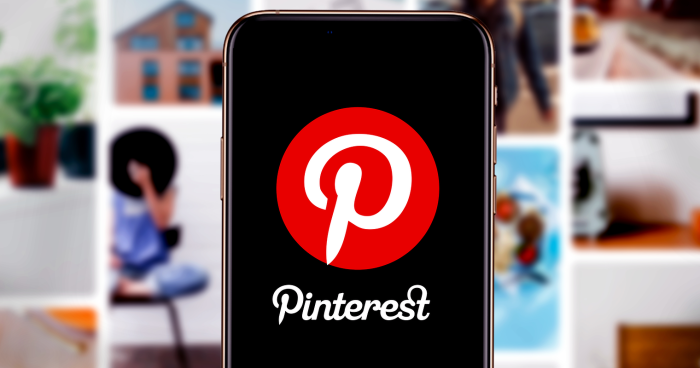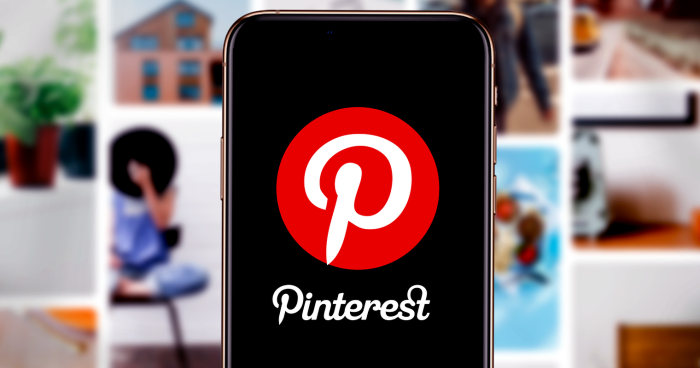Using Pinterest Ads takes center stage in the world of digital advertising, offering a unique platform for businesses and marketers to promote their products and services. Dive into this guide filled with tips and strategies to elevate your advertising game on Pinterest.
Introduction to Pinterest Ads: Using Pinterest Ads
Pinterest Ads are a valuable tool for businesses and marketers looking to reach a highly engaged audience on the platform. Unlike other social media advertising platforms, Pinterest Ads focus on visual content and inspiration, making them ideal for businesses in industries like fashion, home decor, food, and travel.
Benefits of Using Pinterest Ads
- Targeted Reach: Pinterest allows businesses to target their ads to specific demographics, interests, and behaviors, ensuring they reach the right audience.
- Increased Brand Awareness: With visually appealing Pins, businesses can increase brand visibility and recognition among Pinners.
- Drive Website Traffic: Pinterest Ads can drive high-quality traffic to a business’s website, leading to potential conversions and sales.
- Boosted Engagement: Pins have a longer lifespan compared to other social media posts, leading to increased engagement over time.
Statistics on the Effectiveness of Pinterest Ads
- In a study by Neustar, Pinterest Ads were found to drive 33% more in-store sales compared to other digital channels.
- According to Pinterest, 61% of Pinners have made a purchase after seeing branded content on the platform.
- Pinterest users are 39% more likely to be active retail shoppers compared to non-users, making them a valuable audience for businesses.
Setting Up Pinterest Ads Campaigns
To get started with Pinterest Ads, follow these simple steps to create your account and set up your first campaign.
Creating a Pinterest Ads Account
- Visit the Pinterest Ads website and click on “Create an Ad” to get started.
- Choose your campaign objective based on your advertising goals, such as awareness, consideration, or conversion.
- Set your campaign budget and schedule, targeting options, and ad format.
- Create your ad by adding images, videos, titles, descriptions, and URLs.
- Review and launch your campaign to start reaching your target audience on Pinterest.
Campaign Objectives on Pinterest Ads
- Awareness: Increase brand visibility and reach a broad audience to generate interest.
- Traffic: Drive traffic to your website or landing page to increase visits and engagement.
- App Install: Promote app downloads to reach users interested in your mobile application.
- Conversions: Encourage users to take specific actions on your website, such as making a purchase or signing up.
Targeting Options for Pinterest Ads Campaigns
- Targeting: Reach users based on specific s related to their interests and searches.
- Interest Targeting: Target users based on their interests, such as fashion, food, or travel.
- Audience Targeting: Define custom audiences using your own customer lists or website visitors.
- Demographic Targeting: Narrow down your audience based on demographics like age, gender, location, and device.
Creating Engaging Pinterest Ad Content

When it comes to creating engaging Pinterest ad content, it’s important to focus on visually appealing Pins and compelling ad copy to maximize engagement and click-through rates. By following best practices and optimizing your Pins, you can increase the effectiveness of your advertising efforts on Pinterest.
Best Practices for Creating Visually Appealing Pins, Using Pinterest Ads
- Use high-quality images: Make sure your images are clear, eye-catching, and relevant to your brand or product.
- Choose vibrant colors: Colors that pop are more likely to grab the attention of users as they scroll through their feed.
- Include text overlays: Add text to your Pins to provide context and make them more informative for viewers.
- Create multiple versions: Test different images and designs to see which ones resonate best with your target audience.
Tips for Writing Compelling Ad Copy
- Keep it concise: Use clear and concise language to get your message across quickly.
- Highlight benefits: Focus on how your product or service can benefit the user to entice them to learn more.
- Incorporate s: Use relevant s in your ad copy to improve visibility and reach on Pinterest.
- Create a sense of urgency: Encourage users to take action by including time-sensitive language or limited-time offers.
Optimizing Pins for Maximum Engagement
- Add a call-to-action: Include a clear call-to-action in your Pin to prompt users to click through to your website or make a purchase.
- Use Pinterest tags: Tag your Pins with relevant s and categories to improve searchability and reach on the platform.
- Pin at optimal times: Schedule your Pins for times when your target audience is most active on Pinterest for increased visibility.
- Monitor performance: Track the performance of your Pins and make adjustments based on engagement metrics to optimize for success.
Monitoring and Analyzing Pinterest Ads Performance

Monitoring and analyzing the performance of your Pinterest Ads campaigns is crucial to ensure that you are maximizing your ROI and reaching your target audience effectively.
Tracking Performance
- Utilize Pinterest Analytics: Use the built-in analytics tool provided by Pinterest to track key metrics such as impressions, clicks, saves, and engagement.
- Conversion Tracking: Set up conversion tracking to monitor the actions taken by users after interacting with your ads, such as making a purchase or signing up for a newsletter.
- A/B Testing: Experiment with different ad creatives, targeting options, and ad formats to see which combinations perform the best.
Key Metrics to Analyze
- Click-Through Rate (CTR): Measure the percentage of users who click on your ad after seeing it. A high CTR indicates that your ad is resonating with your audience.
- Engagement Rate: Track the number of saves, comments, and likes on your promoted pins to gauge user interest and interaction.
- Conversion Rate: Calculate the percentage of users who complete a desired action after clicking on your ad. This metric indicates how effective your ads are at driving conversions.
Optimizing Campaigns
- Adjust Targeting: Use performance data to refine your targeting parameters and focus on reaching users who are most likely to engage with your ads.
- Optimize Ad Content: Test different visuals, copy, and calls-to-action to identify the elements that drive the best results.
- Budget Allocation: Allocate your budget towards ad sets that are performing well and consider pausing or adjusting underperforming campaigns.






